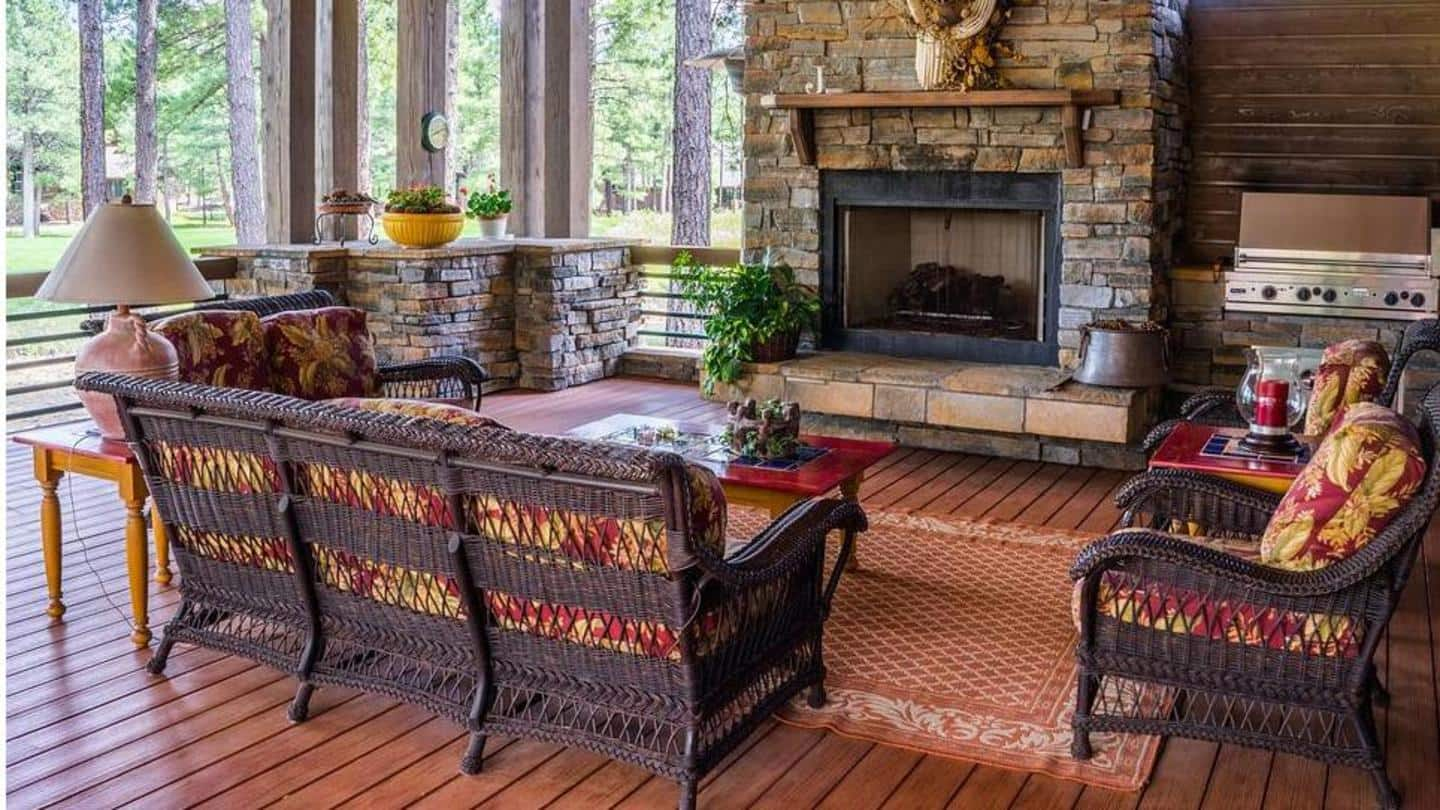
How to build a fireplace at home
What's the story
We all have some intricate fancy detail we want in our dream home. Be it a little garden by the entrance, a free-standing bathtub, or a royal fireplace. Given the geographical location of the house and the cost of construction, we try our best to fulfill our desires. If you've been planning on building a fireplace in your home, here are a few tips.
Place
Where to put the fireplace
Most fireplaces are in the living room, however, double-sided fireplaces are gaining popularity for their practicality, as one fireplace between two adjoining areas can warm both places simultaneously. Free-standing fireplaces do not need to be backed against the wall but can heat the entire space from the middle of the room. Fireplace or fire stove installation in the bedroom is also popular now.
Design
Style of the fireplace
Fireplaces come in a range of styles depending on how they operate, what fuel they use, and what they are made of. Considering the availability of a certain fuel, you have to decide on the style of your fireplace, which runs on the following five options--wood, electricity, gas, pellets, and bioethanol. For a traditional wood fireplace, you have to install a chimney.
Inclusion
How to add a fireplace in an existing home
The easiest option for homes without fireplaces is electric fireplaces. They can be instantly installed as they won't require anything major except an electrical outlet. A gas fireplace on the other hand would require a vent, a simple hole to let out the gases. A chimney fireplace will be the most difficult to construct in a fully done house.
Money
Budget for fireplace
Your budget must include both costs of purchasing and installation and future running costs of the fireplace. A wood-burning fireplace may have a larger initial cost of construction, but the running costs may be low. Gas fireplaces are cheaper, but the running costs may be higher. Electric fireplaces are the most economical. Bioethanol fireplaces are the most expensive as they burn on ethanol fuel.